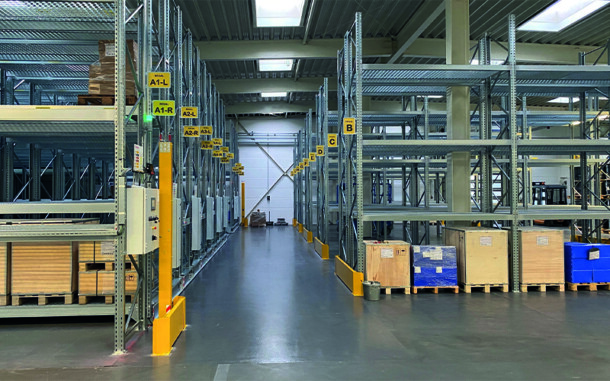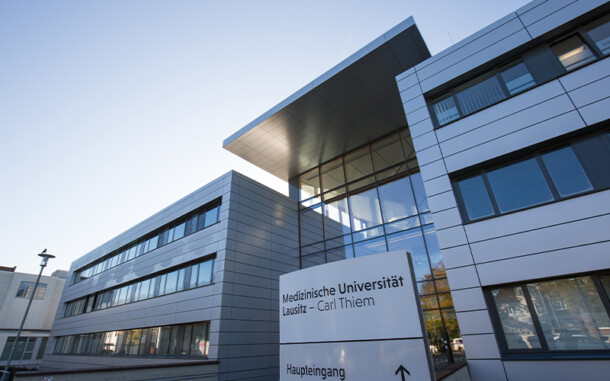Strategy consulting
Overcoming uncertainties and achieving meaningful results in a short period of time requires many years of expertise, especially in the early planning phases. We reduce complexity and provide a sense of simplicity. Together we develop strategies for the future alignment of production and logistics.
Site strategy
The site strategy focuses on multi-site or site-specific planning. This includes dimensioning for new construction, reconstruction, expansion or relocation. Make-or-buy decisions on insourcing or outsourcing are also essential elements of site development. As part of the project, our team of planning experts designs various scenarios, taking into account all relevant parameters. Site factors such as cost drivers, quality advantages, modularity, and future expansion are identified and evaluated. On this basis, we derive the optimal strategy for you.


Logistics master plan
We convert corporate strategies into logistical key figures and derive from these the influences on sites, layouts, and processes. Based on multiple assessed scenarios, we prepare a master plan that includes the roadmap for implementation. Due to constant technological change, the importance of innovative IT systems and the autonomization of processes are forever increasing. To provide certainty in planning, we take into account factors such as feasibility, technology, time and cost on an ongoing basis.
Proof of concept
We validate concepts and theories that have already been created. In joint workshops, we use the existing data basis to retrace the planning process up to the result. In the process, we identify abnormalities, review planning results and derive recommendations for action for our customers.


Sustainability in logistics
Our strategy consulting helps you develop sustainable logistics concepts and processes that take into account ecological, economic and social aspects.
We constantly strive to reduce the environmental impact of supply chains and logistics processes. This includes, for example, optimizing routes and reducing empty runs, using alternative drive techniques and implementing container cycles. In intralogistics, we focus on energy efficiency in storage and transportation technology as well as on minimizing packaging material.
Business case: How do you make the right decisions?
We have to make decisions in every project. With logistics and factory planning in particular, it is important to compare different variants, scenarios and technical solutions and to arrive at a well-founded recommendation regarding the preferred solution.
The LOGSOL Business Case Tool
Even if we believe our decisions are made competently, independently, and based on common sense, there are various factors that can imperceptibly influence our decision process. For this reason, in addition to a qualitative evaluation, there should always be a quantitative decision based on broadly applicable key figures. In order to support this process, LOGSOL has developed its own Business Case Tool, which uses popular static and dynamic profitability models.
Especially in the field of logistics, the standardized full-cost models often reach their limits, since profits (with no change in utility) cannot be offset. This is why the LOGSOL Business Case Tool employs the method of avoided additional costs and can thereby weigh different investment decisions against each other.
The tool can calculate a range of different scenarios of varying complexity, from a warehouse technology conversion to the construction of a new logistics center. Here, it is irrelevant whether existing conditions are to be adapted or a completely new scenario is to be considered.

Developing the right business case for the individual customer is critical to project success. In this process, the influencing parameters must be defined in such a way that they are structured comprehensibly, and the level of detail must be adapted specifically to project requirements.


Efficient brownfield planning: central logistics processes in the existing building
Brownfield planning of an existing building for the centralization of logistics processes from incoming goods to supply logistics and outgoing goodsRead more


Site planning and implementation
Development of an existing logistics location to integrate additional product ranges from other locations of the SSV-Kroschke GroupRead more


Logistics concept for hospital supply
Master planning of hospital logistics for the transformation of an urban hospital of the highest care class into a university hospital with a future-oriented campusRead more